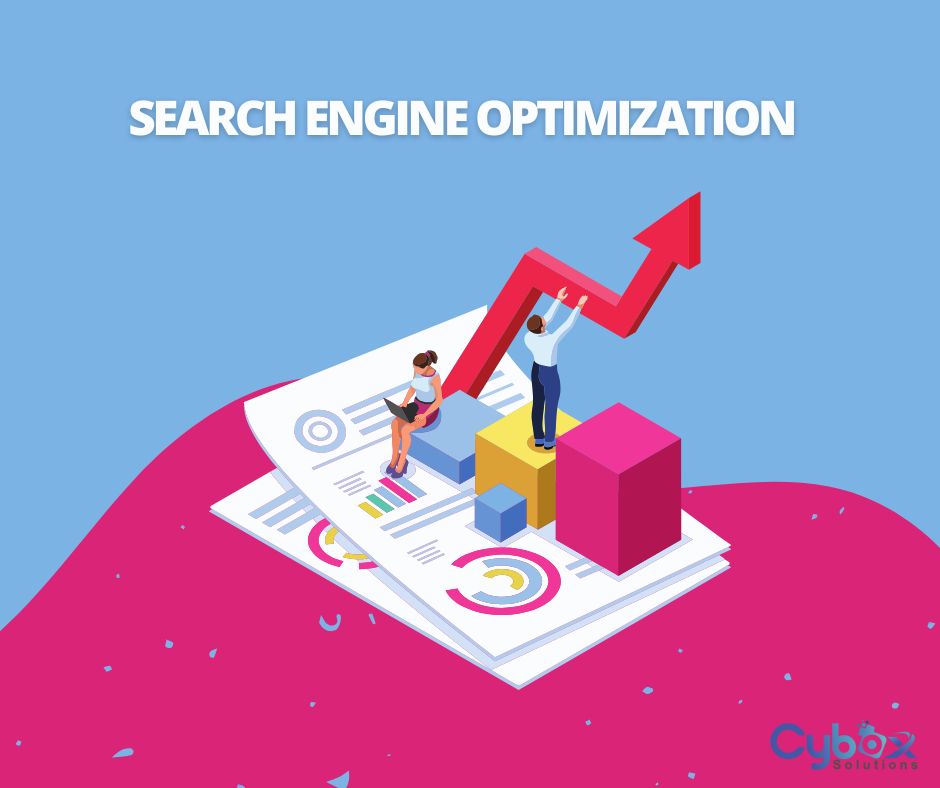When it comes to website redirects, 301 and 302 redirects are two common methods used to redirect users from one URL to another. While both redirect types serve the same purpose, they have distinct implications for search engine optimization (SEO). Understanding the differences between these two types of redirects is crucial for maintaining your website’s SEO and user experience.
301 Redirect
A 301 redirect, also known as a permanent redirect, is used to permanently redirect a webpage from one URL to another. This tells search engines that the content has permanently moved to a new location. Key points to remember about 301 redirects:
- Passes Page Authority: A 301 redirect passes link equity and PageRank from the old URL to the new one.
- Impacts Search Engine Indexing: Search engines will eventually remove the old URL from their index and replace it with the new one.
- Use Cases:
- Consolidating duplicate content
- Changing domain names
- Restructuring your website
302 Redirect
A 302 redirect, also known as a temporary redirect, is used to temporarily redirect a webpage to another URL. This indicates to search engines that the content is temporarily located elsewhere, and it may eventually return to its original URL. Key points to remember about 302 redirects:
- Doesn’t Pass Page Authority: A 302 redirect doesn’t pass link equity or PageRank to the new URL.
- No Impact on Search Engine Indexing: Search engines will continue to index the original URL, but it may be less visible in local search results.
- Use Cases:
- A/B testing different page versions
- Temporary maintenance or server issues
- Seasonal promotions or campaigns
Choosing the Right Redirect
The choice between a 301 and 302 redirect depends on your specific needs and long-term goals. If you want to permanently move a page, a 301 redirect is the best option. However, if you need to temporarily redirect traffic, a 302 redirect is more appropriate.
Important Considerations:
- Implement Redirects Correctly: Ensure that your redirects are implemented correctly to avoid errors and negative impacts on your website’s SEO.
- Monitor Redirects: Regularly monitor your website’s redirects to identify and fix any issues.
- Avoid Chain Redirects: Multiple redirects can slow down your website and confuse search engines.
By understanding the differences between 301 and 302 redirects and using them strategically, you can maintain your website’s SEO and provide a seamless user experience.







